Affiliate links on Android Authority may earn us a commission. Learn more.
5 common Problems with the Nexus 7 (2013) and how to fix them
Despite it being more than a year old, the Nexus 7 (2013) is still one of the best Android tablets you can buy today, with its still decent specifications, a promise of timely software updates, and its unbeatable price tag. As is the case with every electronic item, some users have faced some difficulties with their devices along the way. Today, we’ll be taking a look at a few such problems with the Nexus 7 (2013), and offer potential solutions to help fix them. Let’s get started!
Disclaimer – You will likely not face any of the issues stated below with your Nexus 7 (2013). This article is only for those who have faced such problems
Problem #1 – Auto-rotate not working
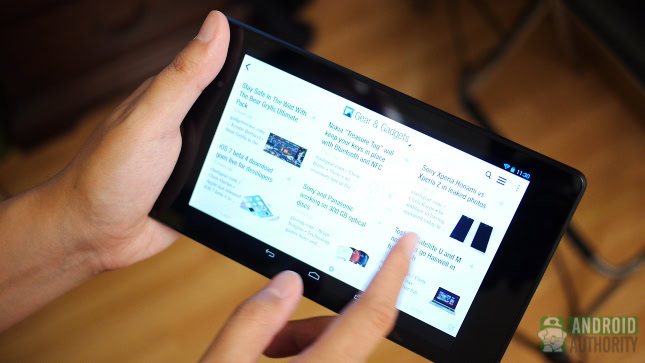
Many users have complained about the auto-rotate not working on their Nexus 7 (2013), particularly after an update to Android 4.4 Kitkat, and persists, or has gotten worse with every other incremental update since. This makes it impossible to watch videos and landscape mode, and the device gets stuck when some apps use landscape mode as a default.
Potential Solutions –
- This could of course, very simply be because auto-rotate is turned off. You can find the auto-rotate toggle in the quick settings drop down, or by going into Settings – Accessibility, and make sure that auto-rotate is turned on.
- This issue could be because of a particular app, such as some third party keyboard applications. First, boot the device into Safe Mode, by pressing a holding the power button while the screen is on, long press on the Power Off option, and tap on Safe Mode. If auto-rotate now functions normally, the cause of this issue is a specific app. You can delete apps one by one to figure out which one, or start over by performing a hard reset.
- A soft reset may work for some but might prove to be a temporary solution. Press and hold the power button until the device reboots.
- For some users, this is caused because of a flip case that has a magnet to use the auto-awake feature. Just removing the case will solve the problem.
- This may also be a hardware problem. Download and install the “Check my Android” app from the Google Play Store. Go to the sensors page and make sure that all the sensors are detected. If sensors 1, 5, and 7 (accelerometer and gyroscope) are not detected, auto-rotate will not work. If this is the case, there is a problem with the sensors and connectors, and you’ll have to send the device in for repair or replacement.
- A DIY solution involves placing the tablet face down on a flat surface, and gently press down around the “n” and the “s” of the Nexus logo on the back. You can also attempt to fix it internally on your own by using the information here and here. But this method isn’t recommended as it may void your warranty, and could cause other issues if you’re not careful. You’re always better off getting it repaired by a professional.
Problem #2 – Tablet not recognized by PC
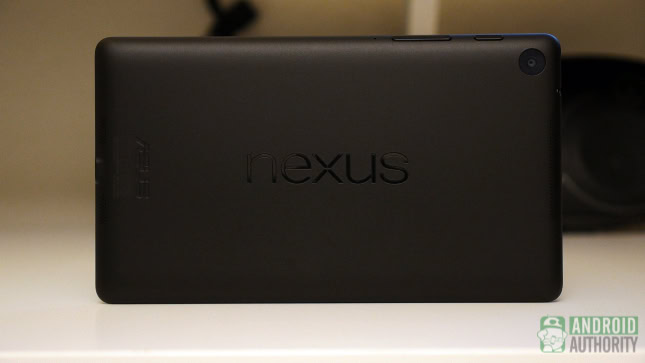
Many users have reported that while the Nexus 7 (2013) is not recognized by the PC as a storage device when connected, even though the device will charge.
Potential Solutions –
- First, enable USB Debugging on your device. Go into Settings – About, and tap the build number repeatedly until Developer Options is enabled. Go into these options, and tap on USB Debugging. Plug the tablet in, and make sure that it is set to Media device in the USB connection settings that will show up in the notification dropdown. On your PC, go to the device, right click on it, and go to Properties. Open the Drivers tab and click on Update Driver. Click in “browse my computer for driver software.” Then choose “Let me Pick,” and select USB Composite Device.
- In some cases, it could very simply be a case of a needing to unlock the tablet while it is plugged in, in case you have PIN or Pattern set. On the PC, clicking on the device will show an empty screen. Unlock your tablet, and then an “Internal Storage” drive should show up.
Problem #3 – Battery Issues
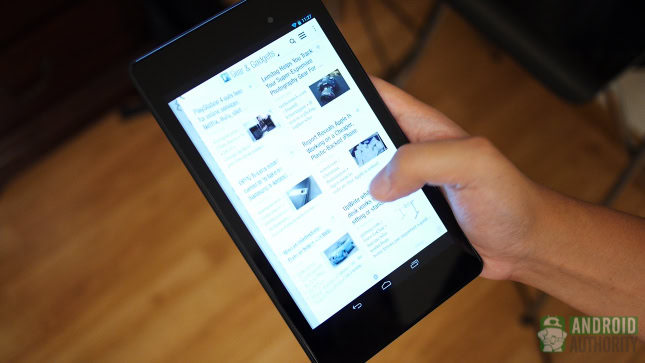
Many users have complained about rapid battery drain, even when the device is in standby. There have also been issues with the tablet not charging, or charging very slowly.
Potential Solutions –
- Unexpected battery drain could be caused by a specific app. First, make sure that all the apps are updated from the Google Play Store. To find the particular app, you can follow the steps mentioned in Problem #1. As a last resort, doing a hard reset may be necessary.
- To stop unnecessary battery drain, uncheck the “Ok Google” hotword detection in the Google Now Settings, and also turn off “Keep Wi-Fi on during Sleep.”
- In case of charging issues, it is best to use the official charger available with the tablet. Test the charger with other devices to make sure that the unit isn’t faulty. Keep in mind that you will need a 2-amp charger, as well as a USB cable rated for 2 amps.
Problem #4 – Freezes at Google logo, does not move past Wi-Fi Settings page during initial setup, random reboots
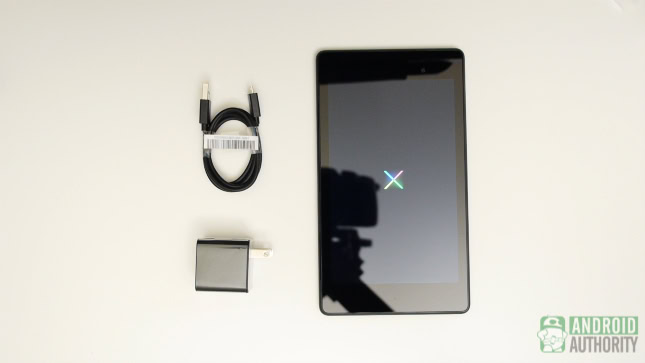
Some users have complained about the device getting stuck on the Google logo screen, or freezing during the animation. Others have also faced a problem during the initial setup of the tablet, being unable to move past the Wi-Fi Settings page after the welcome screen, sometimes even after selecting, and connecting to a network. Further, users have also faced issues with the tablet rebooting randomly.
Potential Solutions –
- In the case of the device freezing during the animation, or on the Google logo screen, a soft reset may do the trick. Press and hold the power button, ignore the pop up menu if it shows up, and continue holding the power button until the tablet restarts.
- During the initial setup, if you’re stuck on the Wi-Fi page, make sure that the device is connecting to your Wi-Fi network. If it doesn’t, you may have to try it on another network, to check whether the issue is with the router. You can also restart the router and try again. In case it is connecting, a soft reset may work, and finally, a hard reset may be required, giving you the opportunity to start over.
- To do a hard reset, follow the following steps –
- If your tablet is on, turn it off.
- Press and hold the Volume Down button, then press and hold the Power button at the same time until the tablet turns on. You’ll see the word “Start” with an arrow around it.
- Press the Volume Down button twice to highlight “Recovery mode.”
- Press the Power button to start Recovery mode. You’ll see an image of an Android robot with a red exclamation mark and the words “No command.”
- While holding down the Power button, press the Volume Up button.
- Use the volume buttons to scroll to “wipe data/factory reset,” then press the Power button to select it.
- Scroll down to “Yes – erase all user data,” then press the Power button to select it.
- In case of random reboots, a particular app may be the cause. To find out if this is the case, follow the steps highlighted in Problem #1. If this doesn’t solve the issue, a hard reset may be required. Keep this as a last resort, as you will lose all your data if you do this.
Problem #5 – No 3G/4G LTE connectivity on the Nexus 7 (2013) LTE version
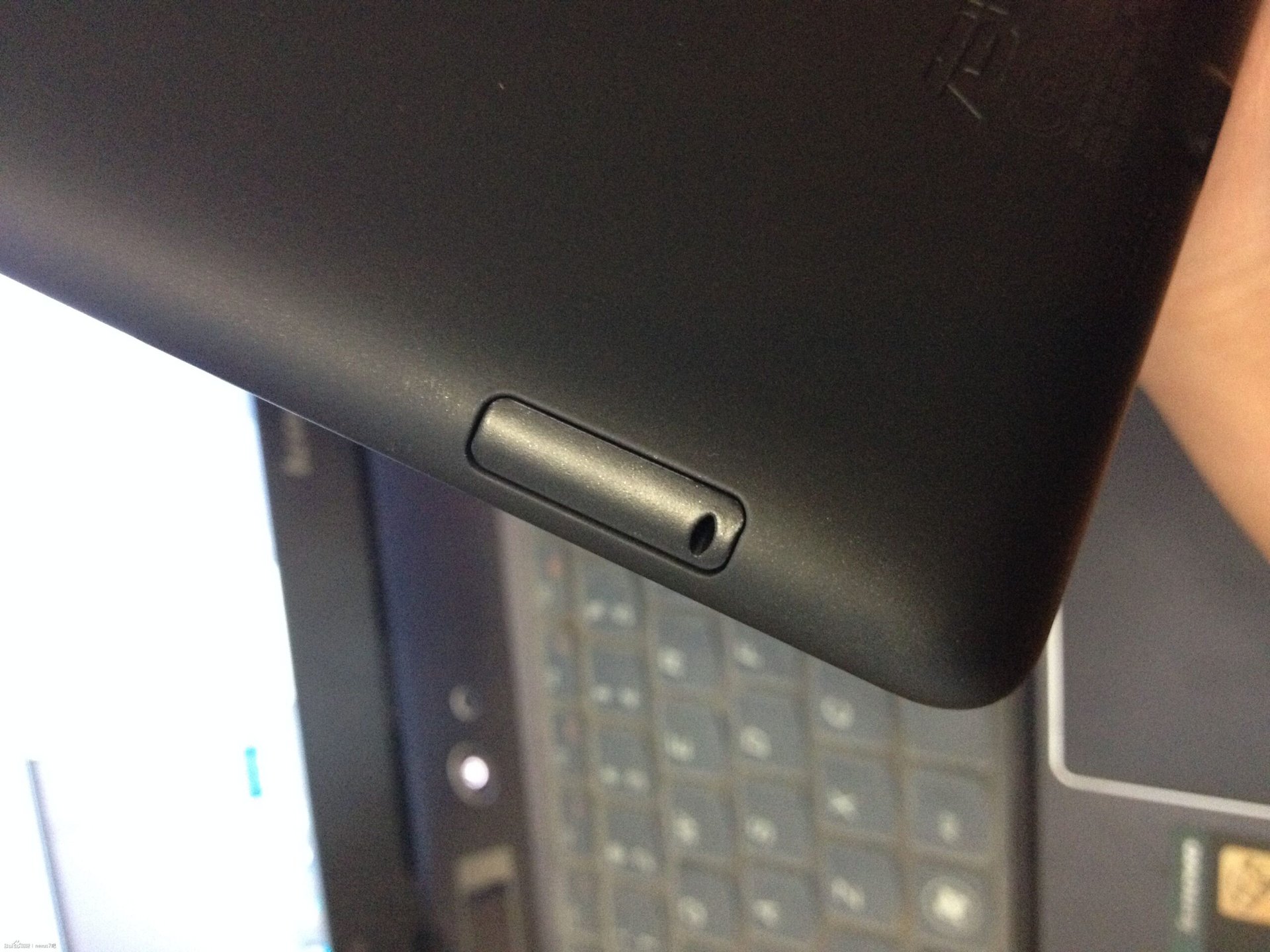
Many users have complained about 3G/4G LTE connectivity not working or randomly dropping. Users also see a No SIM card message, or get a SIM card detected message, and are prompted to restart the device. This issue seems to have started with the official update to Android 4.4.3 Kitkat. An upcoming update may fix this issue, but there are a few methods you can try till then.
Potential Solutions –
- Try a soft reset and wait for it the restart.
- Go into Airplane Mode, and turn it off again.
- Make sure that there is no issue with the SIM card by testing it with another device.
- Check the Access Point Name settings by going into Settings – Wireless & networks – More – Mobile networks – Access Point Names and make sure they’re correct.
So these are some of the common problems faced by Nexus 7 (2013) owners. If you’ve had to struggle with any of these issues, let us know if any of these solutions have worked for you. If there is any other problem with your device, don’t forget to mention it in the comments section below, and we’ll try to help you find a fix! Still need help? Get help with your Nexus 7 (2013) problems and issues in our Nexus Tablets forum